Mysore/Mysuru: The much-touted Intelligent Transport System (ITS) that Mysuru implemented in 2012 to bring in the much-needed efficiency and safety in public transport service is defunct now and a victim of an unintelligent or call it negligent and callous approach.
However, the authorities of Karnataka State Road Transport Corporation (KSRTC) cite a COVID excuse to shirk off the responsibility. After the project was implemented in Mysuru, it had become a model for other cities to emulate and now the entire project is in shambles. Even if the system has to be re-implemented, first the infrastructure has to be restored to its original condition.
After the project — estimated at Rs. 23 crore — was implemented, there was a drastic dip in fatal accidents, it reduced the number of personal vehicles on roads, improved punctuality rate of over 90 percent in the operations and achieved less than 10 minutes waiting time for passengers at bus shelters.
As part of the ITS, commuters could get information about arrival and departure time of buses, the route it will take and stoppage time on a real-time basis. Besides, all the 105-odd bus shelters in the city had LED boards that displayed real-time information about the schedule of buses. Commuters could also check the display board inside the bus for information.
The system enabled passengers to have the arrival and departure of buses at their fingertips. It cut down passenger waiting time and provided details of bus movements either by sending an SMS or through the Interactive Voice Response System (IVRS).
World-class assurance only
A round-the-clock tracking of the bus fleet — fitted with GPS — at the central control station also ensured that drivers do not indulge in rash driving. The project was a collaboration between the Centre and the Global Environment Facility, an independently operating financial organisation that funded projects to improve the global environment.
When the project was launched, it boasted that passengers would get world-class bus services both in terms of comfort and in assurance of time schedules. The control consoles at the City Bus Stand were to resemble the Airport Traffic Control system. M&E Consultants carried out modal and temporal studies for the performance of ITS between 2012 and 2015.
They conducted surveys of passengers, analysed secondary data for different parameters and periods, mathematical models were worked out and based on them provided recommendations to improve and maintain the ITS-based city bus services.
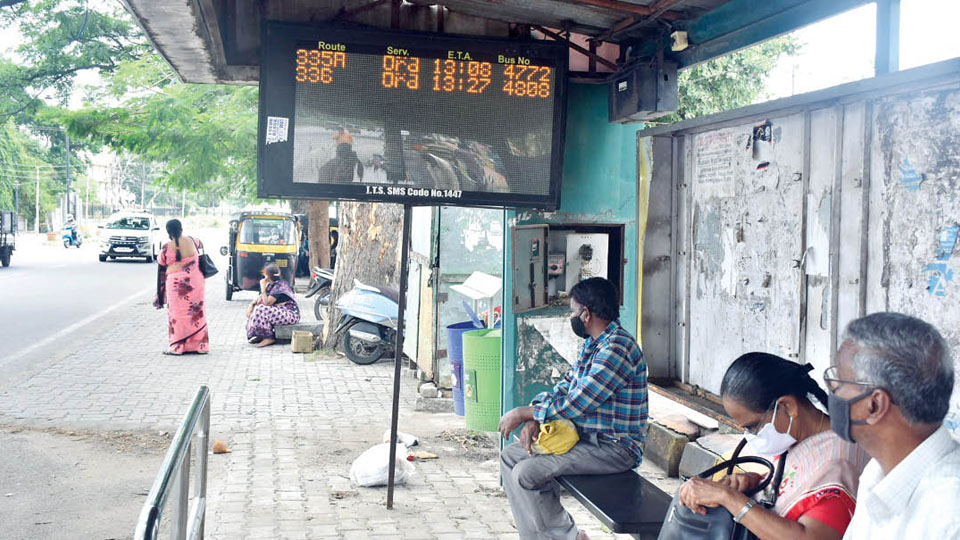
Took years to streamline
In fact, despite recommending several measures, the ITS system was in the process of getting stabilised for many years and by 2017, ITS-based bus services were in tatters. Replacement of old and dilapidated buses was hugely delayed and the KSRTC did not introduce additional new buses due to various reasons.
Volvo buses were in bad shape and core personnel involved in the implementation and management of ITS left the job. Consequently, passengers were back to confronting a million faults with the bus services. Now it is further worse with the entire project turning out to be a big waste of money.
Sadly, the project was allowed to degenerate and the city has been deprived of whatever good public transport this project had provided to the passengers.
COVID, less routes reason: Due to COVID we were not operating buses for many months both last year and this year. I agree that the earlier-built ITS infrastructure needs a facelift. But even now we are operating limited service. Once there is a chance to operate full and packed services, we will restore the facilities in phases. Also, earlier we were operating 375 routes every day. Now we are operating on a demand- based model. —K.S. Nagaraju, KSRTC Divisional Controller (Urban)



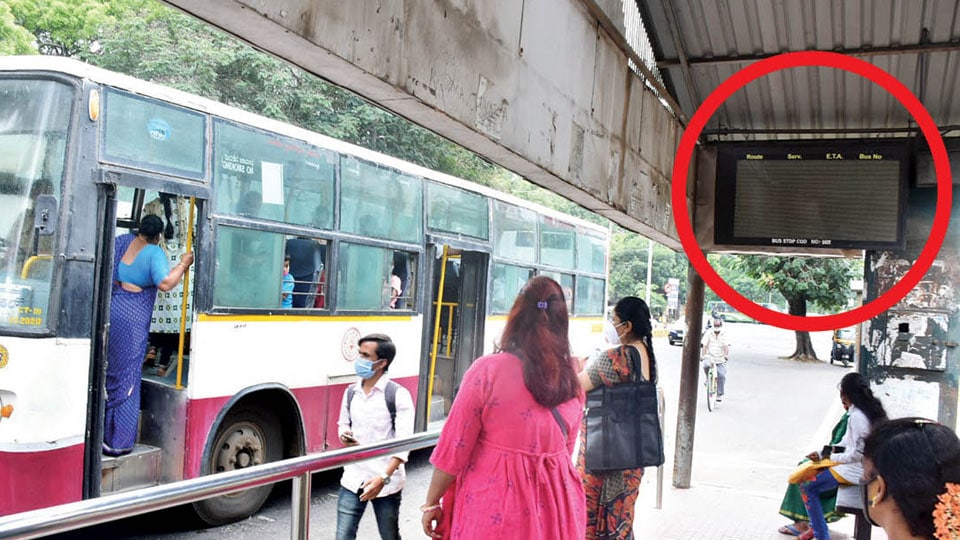
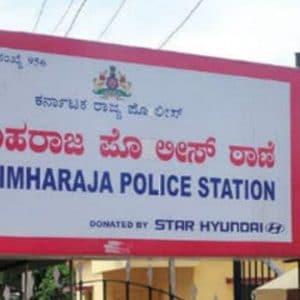
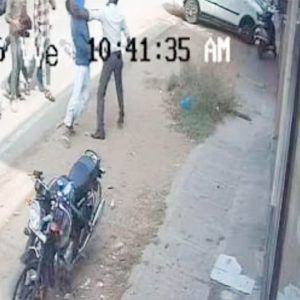

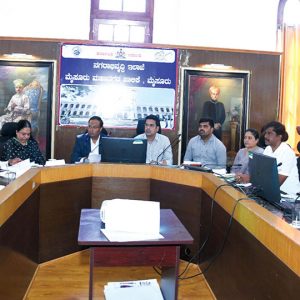
Informative article just in time. If the services are on demand basis, that updated bus schedule must be well communicated to the public via announcements or display boards. That would bump up the demand. The public can understand the covid related limited service but cannot endure inconvenience due to lack of communication. The public expects reliable service. The authorities should take steps to improve the communication regarding services.
Here are a few questions to Mr. K.S. Nagaraju, KSRTC Divisional Controller (Urban) for the public to understand the situation better :
1. Since which year have the electronic display boards started become inoperative? Which year was it noticed by the officials/dept or complaint received from the public?
2. Why have the electrical meters removed from the spot at many bus stops?
3. Why have the power been disconnected from the electronic display boards at bus stops?
4. Why do the electronic display of many buses stopped working?
5. Why were those not remedied during this covid break times?
6. Why have the staff monitoring the ITS thinned down from a couple of dozen people to a few handful?
7. By when (month and year) would all the electronic display boards in all the available buses would be operational?
8. By when (month and year) would all the electronic display boards in all the available bus shelters would be operational?
9. If a month and year cannot be committed for the restoration of service, any reasons why?
This would help the public understand the reasons and difficulties being faced the by the department.
Or perhaps one can find these answers through an RTI application too.